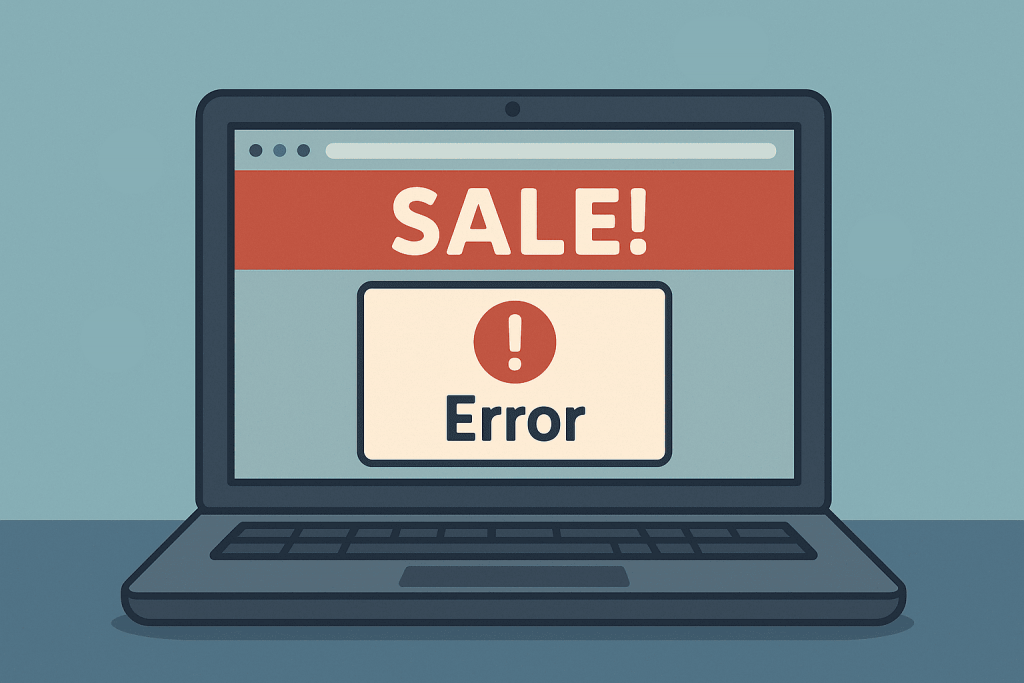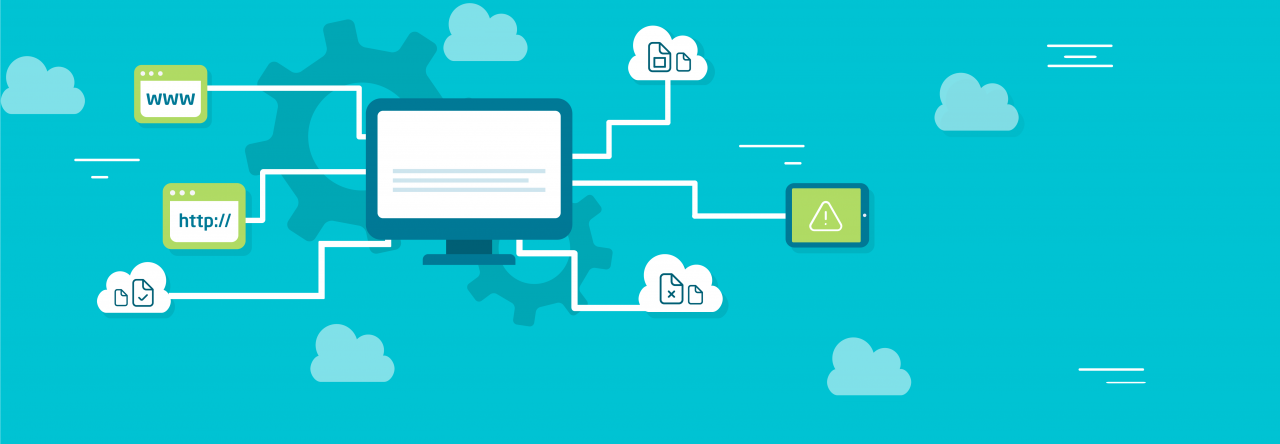
In business, there’s nothing worse than spending weeks preparing, setting up targeting, and crafting creatives—only for your website to go down the moment your advertising campaign begins. Clients click the link, the page doesn’t load, and your budget goes straight down the drain. Why does this happen? At first glance, it may seem like bad luck, but in reality, there are very specific reasons why a website can crash exactly at peak traffic.
1. The server isn’t ready for the load
Most websites work fine as long as only a few dozen or a hundred visitors are online at once. But when traffic suddenly spikes—say, after you launch an ad—the server starts to choke. If your hosting isn’t built to handle thousands of requests, even a simple landing page can freeze. That doesn’t always mean your server is weak — often caching, CDN, or query limits to the database aren’t properly configured. As a result, each new visitor triggers a new process, and the site “dies” under the weight of its own popularity.
2. No monitoring or response to peak loads
Many website owners learn about issues not from alert systems, but from users who can’t access the page or complete a purchase. Lack of monitoring is one of the most common causes of downtime. If there are no alerts for server crashes, high CPU usage, or memory shortages, recovery time can take hours. And every minute of downtime is lost revenue and customer trust. In today’s world, automated monitoring isn’t a luxury — it’s a necessity for any business investing in advertising.
3. Code or plugin errors that appear under load
A website can run perfectly during testing and crash immediately after the campaign launch. The reason often lies in scripts or plugins that aren’t designed for heavy usage. For instance, an analytics module that records every click to a database can create hundreds of simultaneous queries, overloading the system. Such issues are hard to detect during development but become obvious when traffic multiplies. Even a small logic error or an unoptimized SQL query can completely paralyze your website.
4. Hosting or CDN provider issues
Not all hosting providers are the same. Some offer powerful infrastructure with load balancing, SSD drives, and redundant network channels. Others cram dozens of websites onto a single server, forcing them to fight for resources. If your site is hosted on a cheap shared plan, you might crash right alongside your “neighbors.” Sometimes the problem lies with a CDN or DNS provider — and while this happens less often, even minor routing delays during peak loads can cause access issues for part of your audience. That’s why it’s important to have a backup plan — a reserve server or the ability to scale quickly.
5. Human error and lack of testing
One of the most frustrating yet common causes of website crashes is human error. Accidentally updating a plugin, changing something in the .htaccess file, or updating the CMS without a backup — all this can break the site right before launch. Often, this happens due to rushing: developers try to “make it in time for the campaign” and skip basic testing. Yet even a few hours of testing on a staging server can save thousands of users and protect your reputation. If changes must be made urgently, it’s better to apply them after launch, once you see how the site handles real traffic.
When stability is your best ad
A website crash during an active ad campaign isn’t just a technical glitch — it’s a sign that your infrastructure isn’t ready for real growth. To prevent this, it’s crucial to ensure your hosting is powerful and reliable in advance. RX-NAME is a provider that keeps your site stable even during traffic surges. With modern data centers, backup systems, and 24/7 monitoring, your website stays online when it matters most. Because the real success of your advertising campaign doesn’t start with a click on the ad — it starts with a website that actually works when the traffic arrives.

Leave a Reply